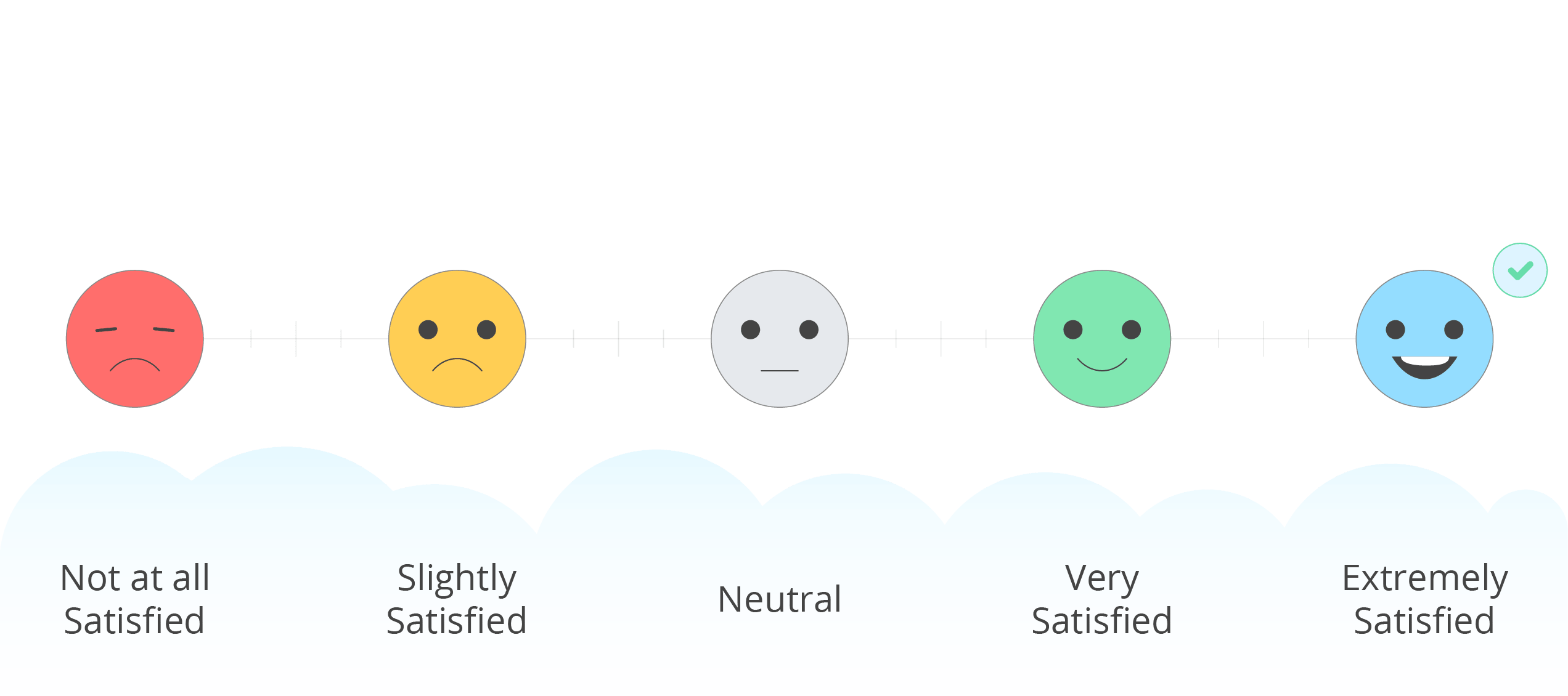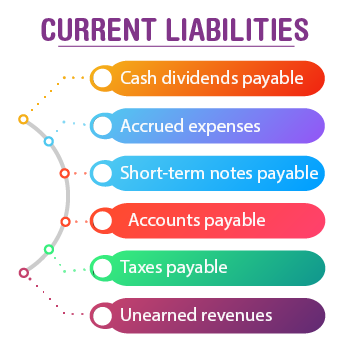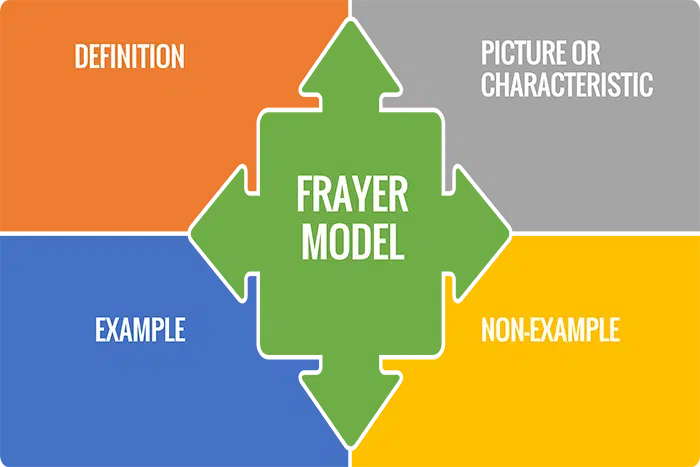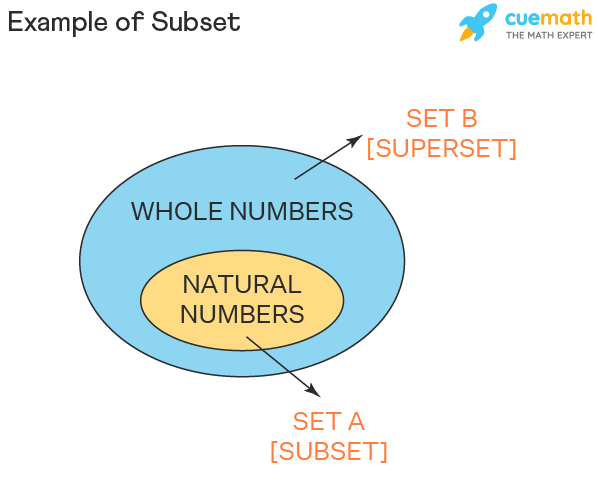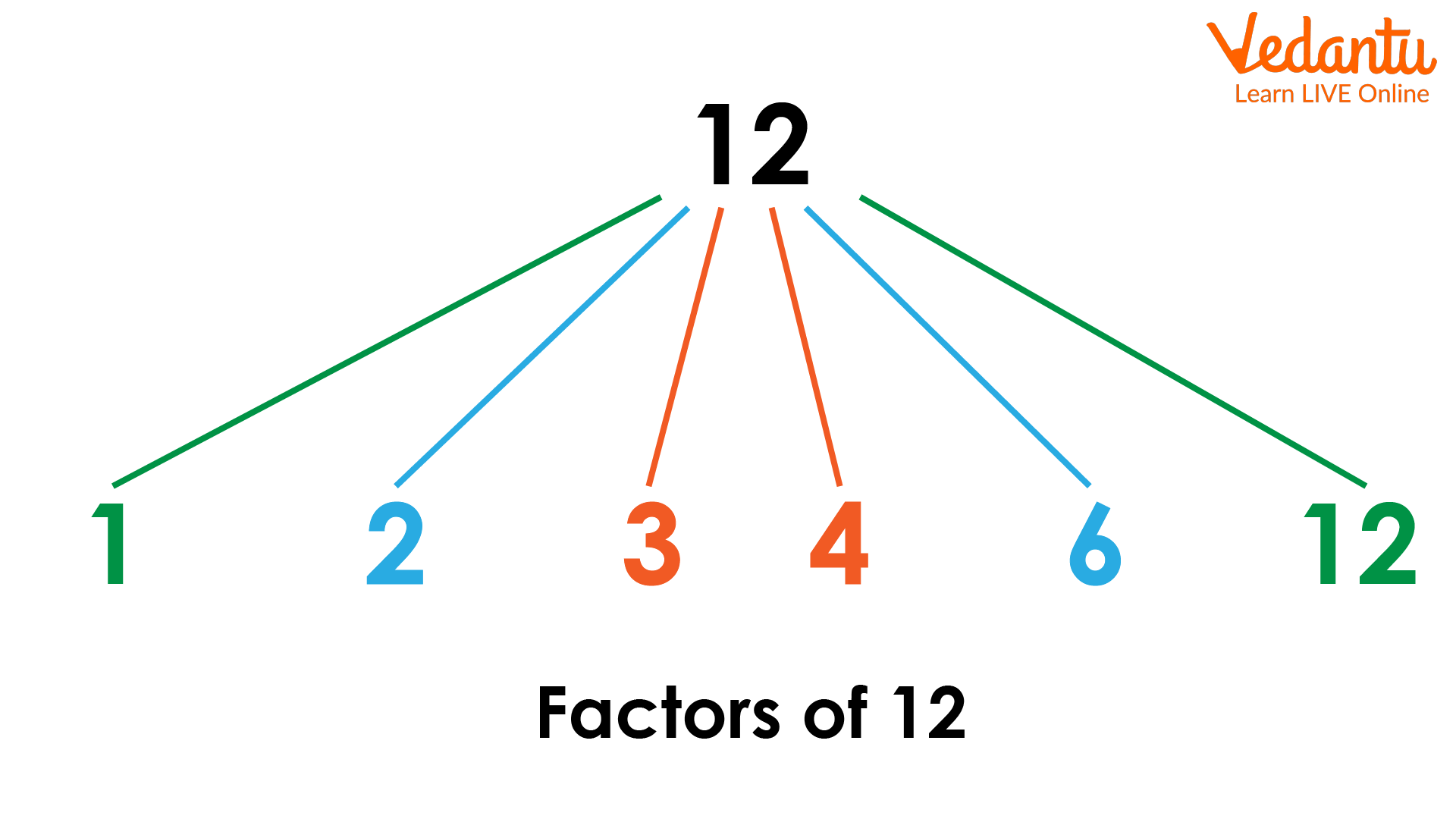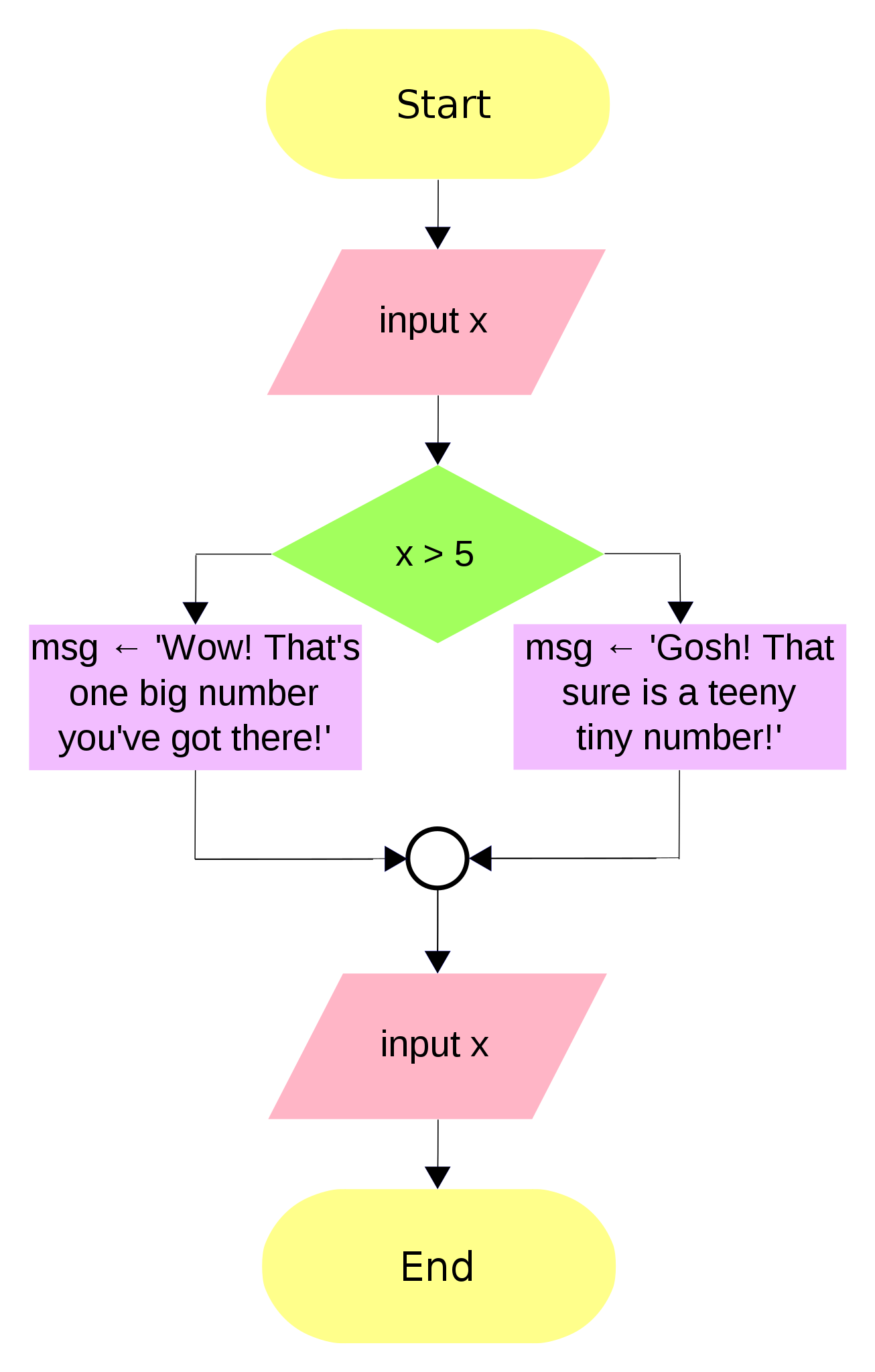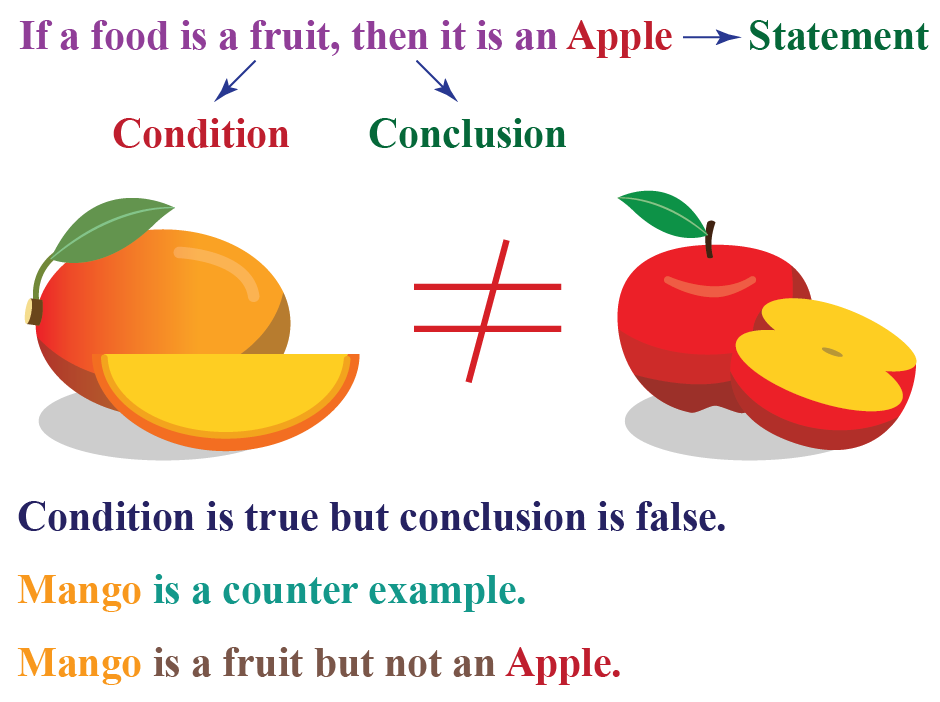Download top and best high-quality free Example PNG Transparent Images backgrounds available in various sizes. To view the full PNG size resolution click on any of the below image thumbnail.
License Info: Creative Commons 4.0 BY-NC
Examples are used to help illustrate and clarify concepts, ideas, and theories. They provide a practical representation of theoretical or abstract ideas and help to make them more tangible and understandable to learners.
Examples are widely used in various fields of education, including science, mathematics, literature, and the arts. They are also used in business and marketing to explain complex concepts to clients and customers.
The Importance of Examples in Learning
Examples are an essential tool in the learning process. They can help to:
- Engage learners: Examples are captivating and can pique the interest of learners. When they are used in teaching and training, they help learners to stay focused and interested in the topic.
- Clarify concepts: Examples provide a clear understanding of concepts that may be difficult to explain. They help learners to visualize how the concept works in a real-world scenario.
- Improve retention: Examples make learning more memorable. People tend to remember things visually, and examples help to create a mental image of the concept.
- Encourage critical thinking: Examples can be used to stimulate analytical thinking and problem-solving skills. They help learners to apply the concepts they have learned to practical situations.
The Different Types of Examples
There are various types of examples, each serving a different purpose. Here are some of the most common types:
- Anecdotes: These are brief and often humorous stories that are used to illustrate a point. They are useful in making the learning process more engaging.
- Case studies: These are detailed reports of a situation or problem that is examined to provide insight into a particular issue or challenge.
- Illustrative examples: These are examples used to demonstrate a principle or idea. They are often used in mathematics and science.
- Simulations: These are activities that are designed to recreate real-life situations that help learners to experience and understand different scenarios.
- Visual examples: These are images and videos used to illustrate a concept. They are effective in providing a clear visual representation of the topic being discussed.
Tips for Using Examples Effectively
To use examples effectively in the learning process, it is important to:
- Know your audience: Understand who you are teaching and tailor your examples to their interests and experiences.
- Use relevant examples: Ensure that the examples you use are relevant to the learning objectives. They should be practical and relate to real-world situations.
- Break down complex topics: Use examples to break down complex ideas into more manageable pieces. This enables learners to digest the information more easily.
- Be inclusive: Use a variety of examples that appeal to different learning styles. This ensures that all learners can benefit from the examples.
- Use multiple examples: Use more than one example to reinforce the points being made. This ensures that learners can see the different angles of the concept and understand it fully.
The Bottom Line
Examples are a vital component of the learning process. They help learners to engage with concepts, clarify complex ideas, and remember the information. By using examples effectively, educators and trainers can create a successful learning environment that fosters critical thinking, problem-solving, and innovation.
As a learner, it is crucial to understand the importance of examples and to actively seek them out. By doing so, you can improve your understanding of new topics and reinforce your existing knowledge.
Download Example PNG images transparent gallery
- Example PNG HD Image
Resolution: 512 × 512
Size: 23 KB
Image Format: .png
Download
- Example PNG Images HD
Resolution: 600 × 600
Size: 27 KB
Image Format: .png
Download
- Example PNG Photo
Resolution: 1200 × 1200
Size: 96 KB
Image Format: .png
Download
- Example Background PNG
Resolution: 2544 × 1130
Size: 31 KB
Image Format: .png
Download
- Example PNG Background
Resolution: 800 × 600
Size: 190 KB
Image Format: .png
Download
- Example PNG File
Resolution: 350 × 351
Size: 35 KB
Image Format: .png
Download
- Example PNG Free Image
Resolution: 700 × 467
Size: 116 KB
Image Format: .png
Download
- Example PNG Image File
Resolution: 598 × 487
Size: 27 KB
Image Format: .png
Download
- Example PNG Image HD
Resolution: 1920 × 1080
Size: 61 KB
Image Format: .png
Download
- Example PNG
Resolution: 967 × 703
Size: 28 KB
Image Format: .png
Download
- Example No Background
Resolution: 1306 × 2047
Size: 94 KB
Image Format: .png
Download
- Example PNG Pic
Resolution: 940 × 702
Size: 49 KB
Image Format: .png
Download
- Example
Resolution: 1400 × 637
Size: 310 KB
Image Format: .png
Download
- Example PNG Clipart
Resolution: 512 × 512
Size: 17 KB
Image Format: .png
Download
- Example PNG Cutout
Resolution: 604 × 361
Size: 120 KB
Image Format: .png
Download
- Example PNG Image
Resolution: 512 × 512
Size: 22 KB
Image Format: .png
Download
- Example PNG Photos
Resolution: 512 × 512
Size: 16 KB
Image Format: .png
Download
- Example PNG Picture
Resolution: 512 × 512
Size: 32 KB
Image Format: .png
Download
- Example Transparent
Resolution: 256 × 256
Size: 26 KB
Image Format: .png
Download



